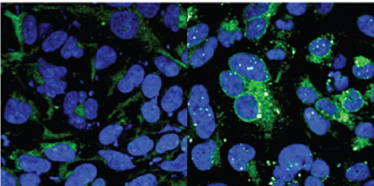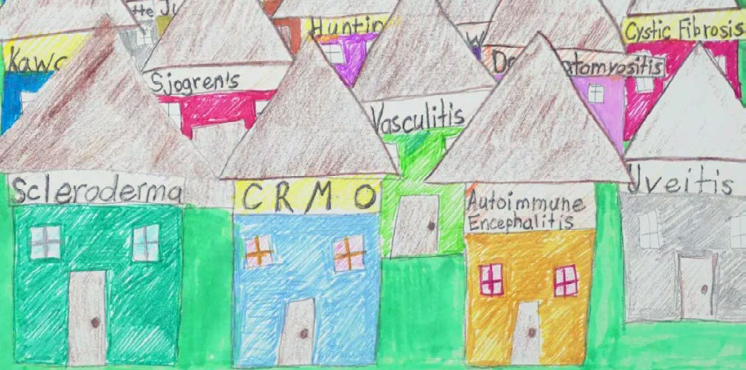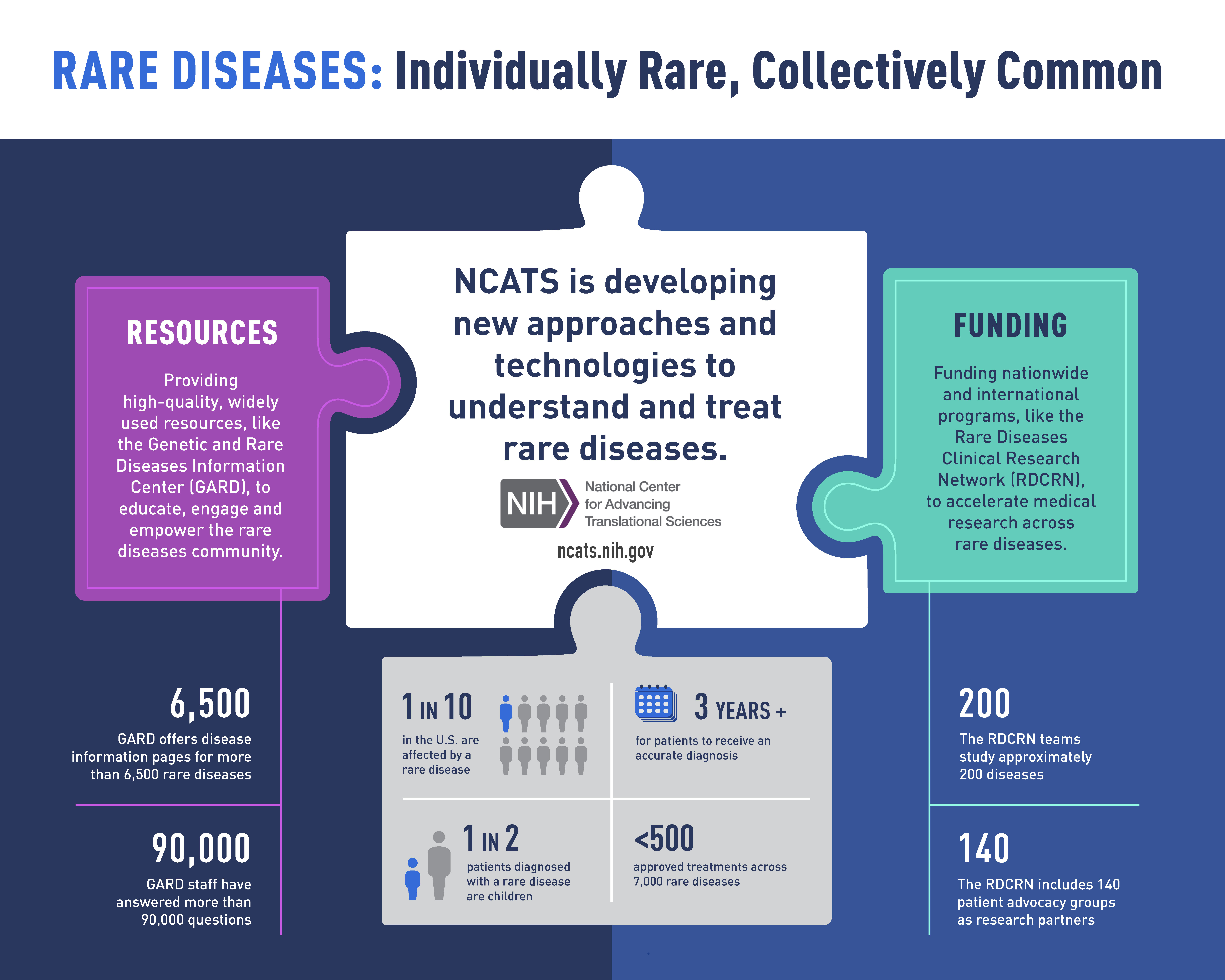Focus on Unmet Needs
NCATS pursues scientific goals that address unmet scientific, patient or population health needs.
True Costs of Rare Diseases Underscore Urgent Need for Faster Diagnosis, Treatment
For the millions of people with a rare disease, the journey to diagnosis and treatment is neither short nor straight. Their search for answers brings not only false leads and failed treatments. Their unmet needs also bring profound health care costs.
To quantify those costs, NCATS led the Impact of Rare Diseases on Patients and Healthcare Systems (IDeaS) initiative. IDeaS researchers studied medical and insurance records to reveal that health care costs for people with rare diseases have been significantly underestimated.
Individually, most of the 10,000 known rare diseases might affect only a few hundred to a few thousand people worldwide. Collectively, rare diseases are common, affecting an estimated 25 million to 30 million people in the United States; however, only about 5% of rare diseases have an FDA-approved treatment.
IDeaS showed that direct medical costs for those with a rare disease are three to five times greater than for people without a rare disease. The costs are similar to the annual costs for people with cancer, Alzheimer’s disease or heart failure.
The IDeaS researchers looked at medical records and billing codes to identify people with rare diseases and their direct medical costs for 14 rare diseases in four health care systems. In every case, the cost per patient per year for those with a rare disease was more than the costs for non–rare diseases patients of the same age. Annual costs ranged from $4,859 to $18,994 for rare diseases patients versus an annual average cost of $2,211 for those without a rare disease.
Extrapolating the average cost estimate for all the people with rare diseases in the United States results in total annual direct medical costs of approximately $400 billion.
“We need to find innovative ways, including new technologies, to help shorten the lengthy diagnostic odysseys so many patients and families experience,” said NCATS Director Joni L. Rutter, Ph.D., who was an IDeaS study co-author. “And we must make more rare disease treatments available faster to everyone who needs them.”
NCATS is the heart of rare diseases research at NIH. We partner with patients, advocates, scientists and health care providers to shorten the time to diagnosis by finding early indicators of rare diseases. We collaborate with researchers to tackle many rare diseases at a time by focusing on what they have in common. We use all the translational science principles to make it easier and more efficient for scientists to discover and develop drugs for rare diseases.
Learn more about how NCATS finds rare disease solutions for those who need them most.
More Unmet Needs Stories

Drug Repurposing Approaches Reveal HIV Drug Holds Promise Against a Rare, Disabling Muscle Disorder

NIH Director’s Blog: A Rare Public Health Challenge

Rare Disease Day at NIH 2022: Shining a Light on Patient Perspectives



